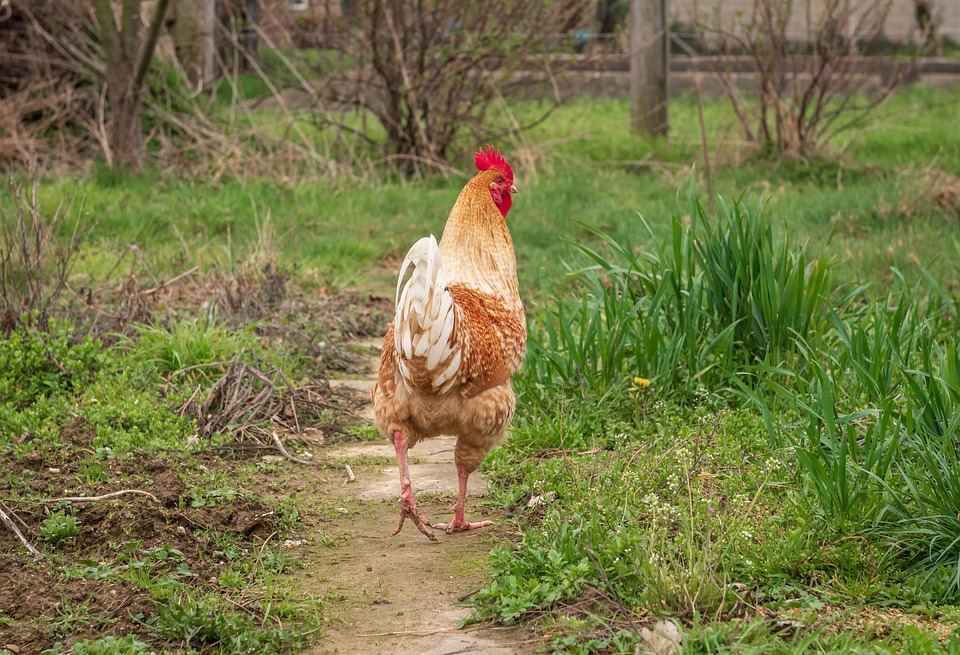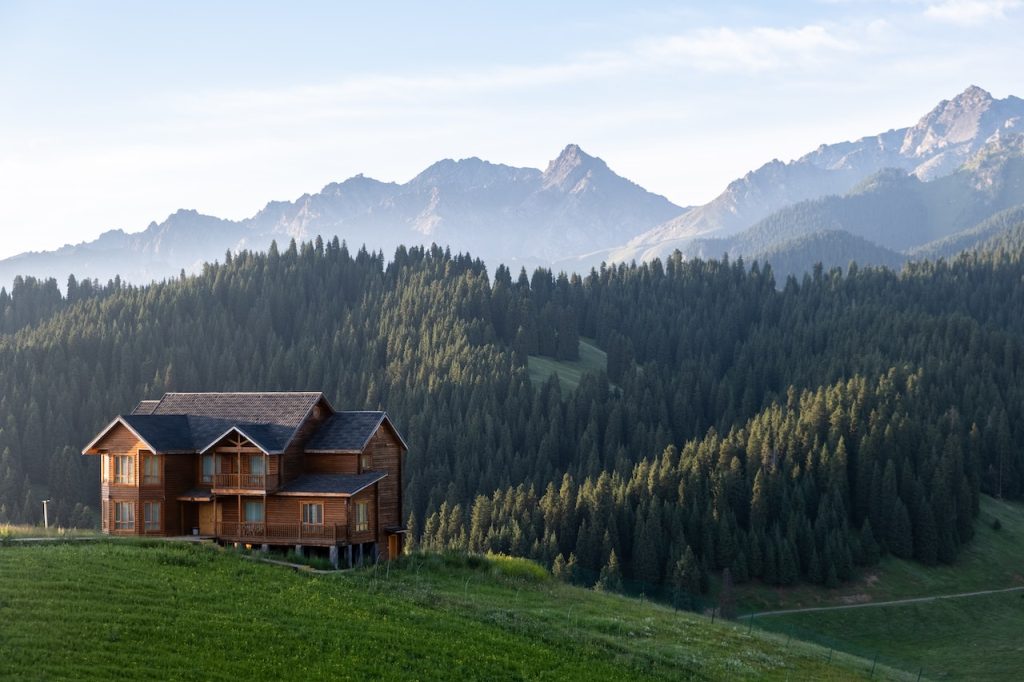## Carbon Farming: Turning Agriculture into a Climate Solution
Picture this: the sun is setting over a sprawling field, each blade of grass and row of crops subtly glowing in the sun’s last light. You grab a handful of rich, dark soil, and it’s teeming with life—you can feel the earth’s heartbeat. It’s here, in this tranquil moment, that you realize agriculture can be more than just food production; it can be a powerful ally in the fight against climate change. Welcome to the innovative world of carbon farming, where sustainable practices not only yield bumper crops but also sequester carbon and enrich our planet!
### What is Carbon Farming?
At its core, carbon farming is a collective term for agricultural practices that increase carbon capture and storage in the soil and plants. By enhancing the capacity of our lands to absorb carbon dioxide from the atmosphere, we can play a significant role in mitigating climate change. The beauty of carbon farming lies in its dual purpose: it promotes soil health and agricultural sustainability while simultaneously reducing greenhouse gases.
### Why Carbon Farming Matters
With climate change looming larger than ever, our agricultural methods are under scrutiny. Conventional farming often leads to soil degradation, deforestation, and water scarcity, exacerbating environmental issues. Carbon farming presents a solution that fosters resilience in our agricultural ecosystems. It transforms farms into carbon sinks, where CO2 is absorbed and stored in the soil, leading to healthier crops, increased biodiversity, and improved water retention.
### How Carbon Farming Works
Here’s the exciting part! The mechanisms involved in carbon farming can be broken down into several key practices designed to increase carbon sequestration:
#### 1. **Cover Cropping**
Cover crops such as clover or rye can prevent soil erosion, smother weeds, and enhance soil structure. These crops are planted during off-seasons, ensuring that the soil remains productive year-round. As these plants grow, they absorb carbon from the atmosphere and, once tilled into the ground, add organic matter to the soil.
#### 2. **Crop Rotation**
Diverse crop rotation—alternating different species in a specific order—can vastly improve soil fertility. Plants absorb different nutrients, preventing soil depletion. Moreover, crop rotation helps interrupt pest and disease cycles, boosting resilience.
#### 3. **Agroforestry**
Integrating trees into agricultural land offers myriad benefits. Trees sequester carbon, improve biodiversity, reduce erosion, and provide habitats for wildlife. The shade they provide can also aid in moisture retention, combating drought conditions.
#### 4. **Reduced Tillage**
Tilling breaks up soil, exposing it to air and accelerating the oxidation of organic matter. By minimizing tillage, we can preserve soil structure, enhance moisture retention, and limit CO2 emissions trapped in the soil.
#### 5. **Organic Farming Practices**
Organic methods, including composting and using natural fertilizers, increase soil organic carbon sequestration. This is achieved by maintaining higher levels of organic matter, which is crucial for soil health.
### The Benefits of Carbon Farming
The allure of carbon farming doesn’t stop at climate action. Here are a few additional benefits that make these practices widely appealing:
– **Improved Soil Quality:** Enhanced soil health leads to increased productivity and resilience against pests and diseases.
– **Enhanced Biodiversity:** Integrating various crop types and natural habitats promotes biodiversity, leading to a more robust ecosystem.
– **Stronger Community Resilience:** Sustainable practices can foster community relationships through cooperative ventures and a shared vision for food security.
– **Economical Savings:** By reducing reliance on chemical fertilizers, farmers can cut costs while improving the health of their lands.
### Pro Tips for Successful Carbon Farming
– **Start Small:** If you’re new to carbon farming, begin with one or two practices. As you gain confidence, expand your methods.
– **Keep Records:** Documenting your practices, crop rotations, and soil health will help you understand what works best for your unique environment.
– **Educate Yourself:** Attend workshops or webinars. Learning from experts can provide invaluable insights into effective carbon farming practices.
– **Collaborate:** Join local farming groups or online communities to share experiences and gain new ideas.
### The Road Ahead: Challenges and Innovations
While the prospects of carbon farming are bright, it’s essential to recognize the challenges involved. Transitioning from conventional to sustainable practices can be daunting due to economic constraints, lack of education, and existing agricultural infrastructures.
Nevertheless, innovative technologies and methodologies continue to emerge. From precision agriculture using data analytics to biochar production that sequesters carbon, the future of carbon farming is filled with promise.
### Becoming a Part of the Solution
As individuals, we wield immense power. By supporting farmers who practice carbon farming and advocating for policies favoring sustainable agriculture, we can drive change. Every effort counts, whether it’s in your backyard garden or on large agricultural landscapes.
### The Conclusion: A Collective Journey Towards Sustainability
As the challenges of climate change loom large, the path forward isn’t just about reducing emissions; it’s about revitalizing our agricultural systems. Carbon farming offers a holistic approach that turns our farming endeavors into a climate solution. By embracing these practices, we can reshape our relationship with the land and contribute to a more sustainable, resilient future.
So, grab your gardening tools, roll up those sleeves, and dive into the fulfilling world of carbon farming. Your efforts could be the key to rejuvenating our planet, one seed at a time. Let’s grow together, nurtured by the earth beneath our feet and the climate actions we take to protect our shared home!



